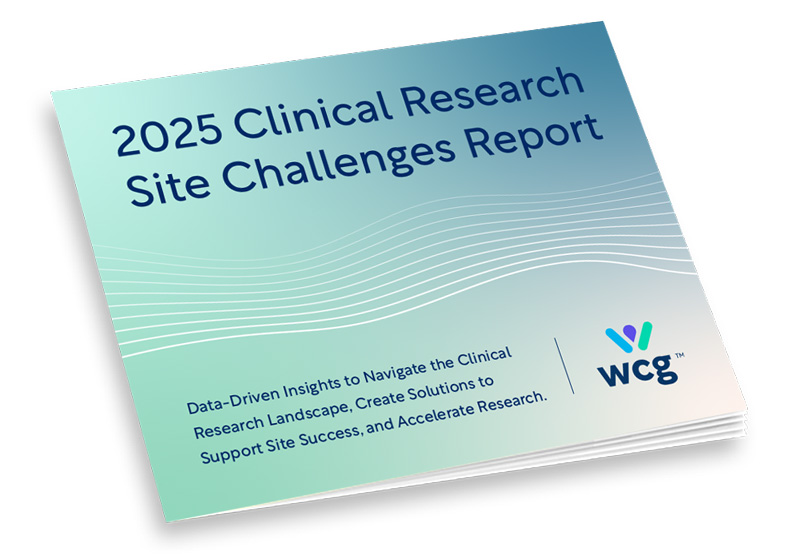A Call for Change
In the realm of clinical research, the importance of gender-inclusive language cannot be overstated. However, the historical reliance on gendered language in research settings has contributed to a trend of marginalization of gender-diverse individuals, hindering equitable representation and access to human subjects’ research and healthcare services. It is imperative that we move beyond the limitations of binary language and embrace practices that foster inclusivity and respect the diversity of all individuals.
Assessing the Current Landscape
Transgender, non-binary, gender-diverse, and Two-Spirit individuals have historically been underserved in clinical research, and the hetero-cis-normativity inherent to clinical research plays a significant role. This bias presents as a reliance on gendered language throughout consent documents, along with descriptions of contraception requirements that rely on gender over sex. Language in the consent form and other participant-facing material is often recognized by IRB members as being non-inclusive, leading to discussions regarding appropriate revisions.
A recent study published in the Journal of Empirical Research on Human Research Ethics examined the use of gender-inclusive language in clinical trial consent forms.1
The following framework was used for analysis:
| Concept | Definition | Definition |
|---|---|---|
| Biological-sex specific language | Language that refers to the sex an individual was assigned at birth or that specifies phenotypic differences observed across sex chromosomes, endogenous hormonal profiles, and other secondary sex characteristics. | male, female, or intersex |
| Gendered language | Language that refers to gender expression, reflecting social constructs. | woman/women, man/men, mother, father, she/her/hers, he/him/his, heterosexual, women of childbearing potential |
| Gender inclusive language | Language that refers to the individual, without delineating a specific gender or biological sex. | they/theirs/them, partner, person, person of childbearing potential, sperm-producing persons, parent |
The analysis of 289 consent forms revealed a mixed landscape. While a significant proportion of forms (79%) contained some gender-inclusive language, the vast majority (91%) still utilized gendered language. Most forms (63%) featured a combination of gender-inclusive, biological sex-specific, and gendered language, indicating a need for greater awareness and implementation of gender-inclusive practices (Coffin, Brower, & Adekar, 2024).
In a separate project, 243 participant-facing materials such as flyers/posters/brochures, webpages, banners, social media content, script/emails, questionnaires, standalone HIPAA authorization, thank you note/retention items, payment system information, diaries, patient cards, instructions, or other guides to subjects were reviewed.
The majority (76%) of the recruitment and subject materials identified for review used only gender inclusive language and the words that appeared most often were “you/your”, “I”, “adults” and “volunteers.” Gendered language was found less frequently (16% of documents) and appeared mainly in the forms of “women of childbearing potential,” “his/her,” and non-standardized surveys offering only binary (male/female) gender options. Several documents (8%) were categorized as neither inclusive or gendered and most often included instructive language, in which the “you” is understood, or it did not use personal pronouns, i.e., “a research study is being conducted.”
The Power of Words
Words have the power to shape perceptions and experiences. In the context of clinical research, gendered language can create barriers and perpetuate harmful stereotypes, as well. For instance, the frequent use of terms like “women” and “men” in a consent form can inadvertently exclude or misgender transgender, non-binary, and Two-Spirit individuals. This exclusion not only undermines the ethical principle of justice but also limits the generalizability of research findings.
Recommendations for Action
To promote gender-inclusive practices in clinical research, Coffin, Brower, & Adekar (2024) put forth recommendations, with the goal of increasing the use of inclusive language in research consent documents. Importantly, these recommendations are also applicable to other participant-facing materials, as the use of inclusive language can be an important step towards enhancing representation in the healthcare research setting.
- Utilize Gender-Inclusive Language: Employ gender-neutral terms like “they/them/their,” “person,” or “partner” whenever possible. Use terms like “woman/women” or “man/men” only when they are clinically relevant.
- Focus on Biological Sex When Necessary: If biological sex is clinically relevant, use terms that directly address specific physiology, such as, “person who can become pregnant,” “person with a uterus,” or “sperm-producing person.”
- Provide Comprehensive Training: Ensure that all members of the research team and regulatory authorities receive training on gender diversity and human subjects research, emphasizing the impact of language on research participation.
- Involve the Community: Include gender-diverse individuals in the research design process to address potential harms and ensure inclusivity.
Creating a Welcoming and Equitable Research Environment
By adopting gender-inclusive language and practices, we can create a more welcoming and equitable research environment for everyone, regardless of their gender identity. This shift does not only align with ethical principles but also enhances the quality and generalization of research findings.
Get in Touch Today
If you have questions about ethical review or need guidance on your next submission, WCG’s IRB is here to help. Our dedicated support team is ready to assist you every step of the way.
CLICK HERE to contact our IRB experts.
Reference
- Coffin T, Brower E, Adekar S. Contraception Requirements in Clinical Research Consent Forms: Assessing and Supporting Gender Inclusive Practices. Journal of Empirical Research on Human Research Ethics. 2024;19(3):135-142. doi:10.1177/15562646241238301.

